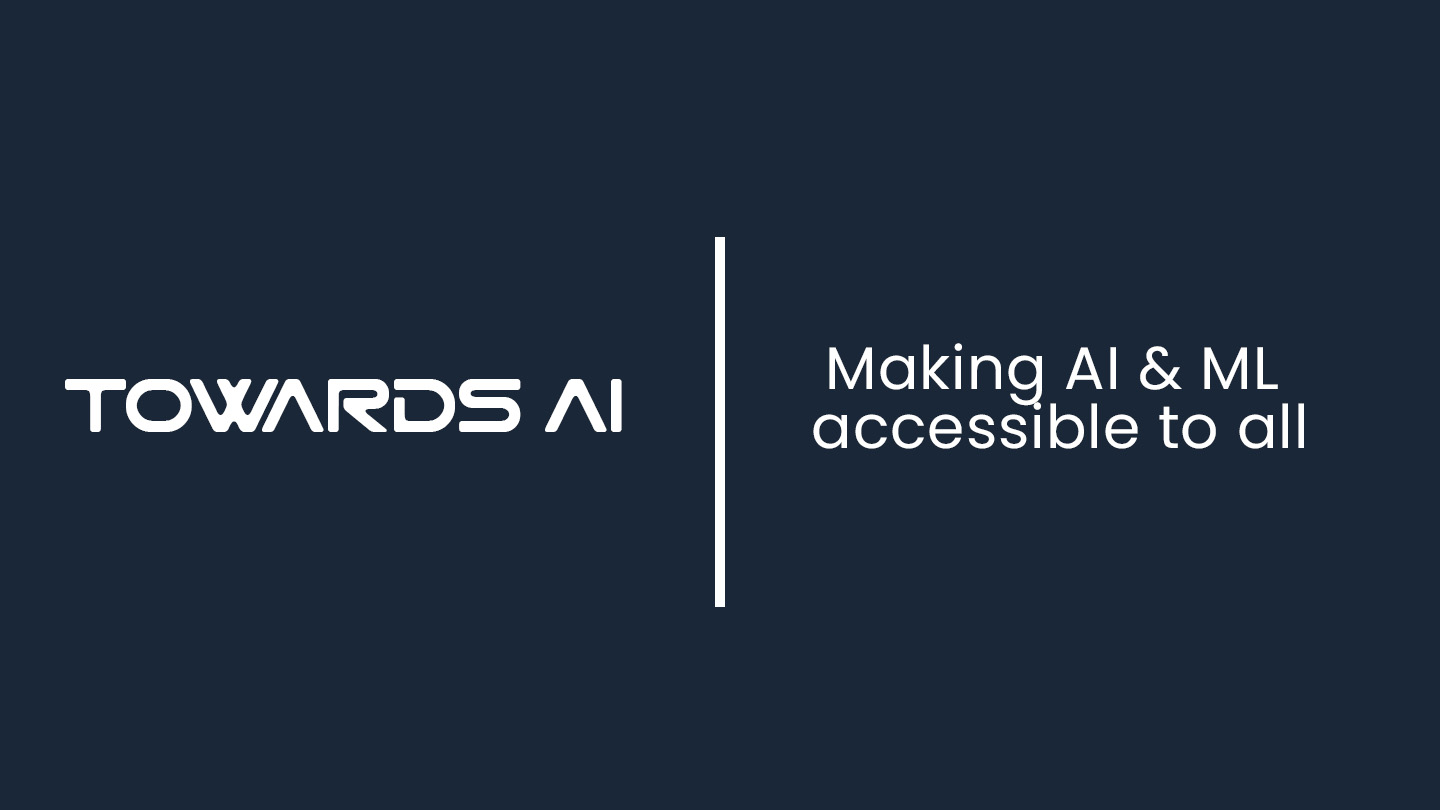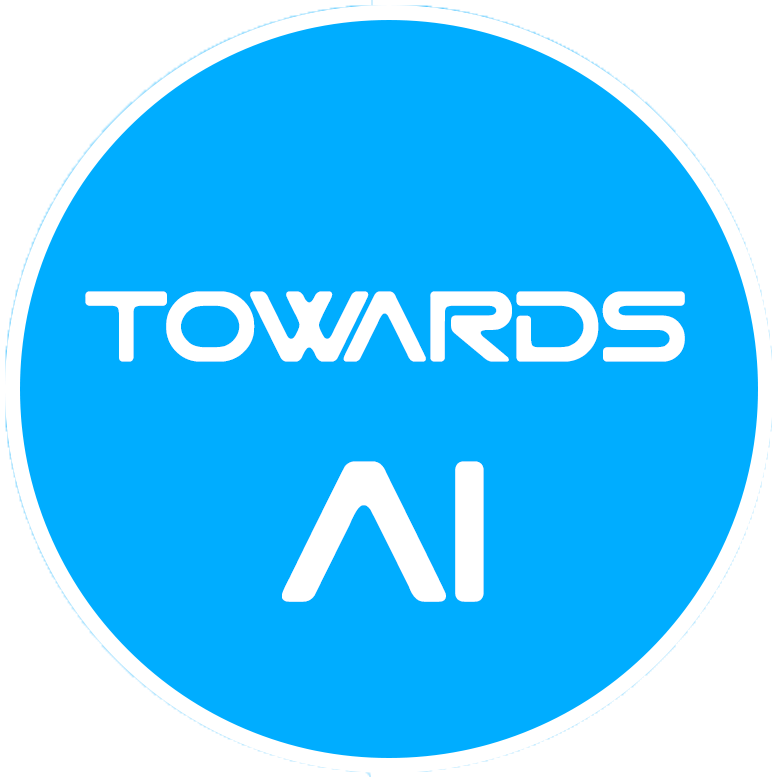
AI Policy: Impact on National Security
Last Updated on July 25, 2023 by Editorial Team
Author(s): Rajesh Verma
Originally published on Towards AI.
Politics U+007C Ethics U+007C Technology
Analyzing the long-term national security impact of adopting Artificial Intelligence (AI) and how AI policy can help regulate that is critical. Adopting AI, or the lack thereof, will impact National Security. A deep understanding and exploration of various AI policy initiatives undertaken or in development are essential to learning and identifying challenges from these efforts worldwide.
To build a complete picture of AI policy’s impact, we must treat it as a multi-dimensional problem. In this article, we analyze policy development in geographies like Global cooperation, Europe, Russia, and China, and also at conceptual levels like ethics, human interface, and the human-AI decision-making dilemma.
The opening statement of the executive summary of the final report by the National Security Commission on Artificial Intelligence (NSCAI), says: “No comfortable historical reference captures the impact of artificial intelligence (AI).”
The report acknowledges that too much about AI and its applications remains to be discovered. Still, we can say with conviction is, first, the rapidly improving ability of computers to do what would otherwise need human intelligence. Second, AI is expanding the window of vulnerability that the United States has already entered.
NSCAI continues further, making it clear that America is not prepared to defend or compete in the AI era, in the main report to emphasize “Americans have not yet grappled with just how profoundly the AI revolution will impact our economy, national security, and welfare…Nevertheless, big decisions need to be made now to accelerate AI innovation to benefit the United States and to defend against the malign uses of AI”. The report makes it clear that AI policy, governance, and readiness cannot be done by the government alone. It will need all stakeholders from industry, academia, and civil society to actively participate.
Politics
The common perception is that AI is evolving organically. Its use must be governed to maximize its benefit to society. While this is true, if political leaders and their ideology maneuver AI research and development to serve their purpose, then the common perception doesn’t hold. AI policy, in this case, essentially becomes a political instrument to further the government’s agenda at the cost of ethics, privacy, and liberty.
The political steering of AI research, design, and policy construction will shape the objectives of AI and serve a self-fulfilling agenda for political leaders.
To strengthen our economic and national security, understanding how AI research, policy, and governance are developing worldwide is essential. This will not only help us control, frame, and future-proof our governance structure, but it will also become a critical component for diplomacy and engagement for the common good.
This will influence how we respond to nations like Saudi Arabia, China, and Russia, who have designed technology policies to accelerate AI research and development, exert state control and expand surveillance over their citizenry.
Ethics
AI ethics and processes need not be a one-size-fits-all policy. The adoption of ethical AI practice can vary based on the industry, its practical use, the tolerance for margin of error, and its impact. For example, the advertising and entertainment industry can be fault tolerant. Still, when AI is used for national security, policing, autonomous vehicles, or credit checks, it must be ready for moral and ethical scrutiny.
Rather than a purely government-driven policy, an engagement between the technology and government bodies might be able to handle AI’s ethical and moral components.
The ethical aspect of making AI-based decisions in sensitive areas like defense can be highly consequential. An engineering-based approach addresses the moral and ethical questions in adopting AI for such applications.The process of a qualified review before deployment, using AI-assisted checking algorithms, will help weed out bad actors and identify vulnerabilities.
Another area to regulate between the extremes is commerce. More than ethics, this can have an economic impact. Over-policing will restrict trade, but a proper, practical AI ethical guardrail and a mechanism to address grievances are needed.
Technology
The advancement in the field of AI is making possible rapid development in the field of brain science. The deployment of these technologies in the field of sustainability, healthcare, scientific discoveries, and defense can have enormous societal benefits.
However, this advancement in the hands of a bad actor or ungoverned use can have severe adverse outcomes like intentional abuse, misfiring of an autonomous weapon, and improper cognitive enhancements by brain-computer enhancement.
Policy-based governance of the remarkable innovation will have to be designed to manage and monitor the use of AI and brain science research. The human-like behavior of AI-based technology raises questions regarding the interfaces between science, technology, and society. The ethical and governance aspect must be framed upstream in the research process, with the general public’s input.
The level of autonomy to be granted to an AI agent must be determined based on continuous learning and engagement from diverse participants.
Conclusion
As the NSCAI Final Report proposes, we will need an integrated national strategy to reorganize the government, reorient the nation, and rally our closest allies and partners to defend and compete in the coming era of AI-accelerated competition and conflict. A deeper level of commitment will be needed from leadership, starting at the White House, to lawmakers, industry leaders, academia, and social thinkers.
AI is a global challenge; we will have to engage with our global partners while keeping abreast of the actions taken by our adversaries.The multidimensional nature and impact of AI and related innovation make it extraordinarily challenging and demand a multi-pronged approach with a sense of urgency.
AI policy is complex and will have expansive coverage from defense, food, water, gas, power, health, finance, transportation, research, supply chain, government, and many other activities that humans perform.
References:
- “Final Report National Security Commission on Artificial Intelligence.” n.d. https://www.nscai.gov/wp-content/uploads/2021/03/Final_Report_Executive_Summary.pdf.
- “Final Report National Security Commission on Artificial Intelligence.” n.d. https://www.nscai.gov/wp-content/uploads/2021/03/Full-Report-Digital-1.pdf.
- Filgueiras, Fernando. 2022. “The Politics of AI: Democracy and Authoritarianism in Developing Countries” , 1–16. https://doi.org/10.1080/19331681.2021.2016543.
- Carter, Ash, and Ash Carter. 2022. “The Moral Dimension of AI-Assisted Decision-Making: Some Practical Perspectives from the Front Lines.” Daedalus 151. Boston, Mass. : American Academy of Arts and Sciences. https://doi.org/10.1162/daed_a_01917.
- Doya, Kenji, Arisa Ema, Hiroaki Kitano, Masamichi Sakagami, and Stuart Russell. 2022. “Social Impact and Governance of AI and Neurotechnologies,” Neural Networks 152, 152: 542–54. https://doi.org/10.1016/j.neunet.2022.05.012.
Join thousands of data leaders on the AI newsletter. Join over 80,000 subscribers and keep up to date with the latest developments in AI. From research to projects and ideas. If you are building an AI startup, an AI-related product, or a service, we invite you to consider becoming a sponsor.
Published via Towards AI















